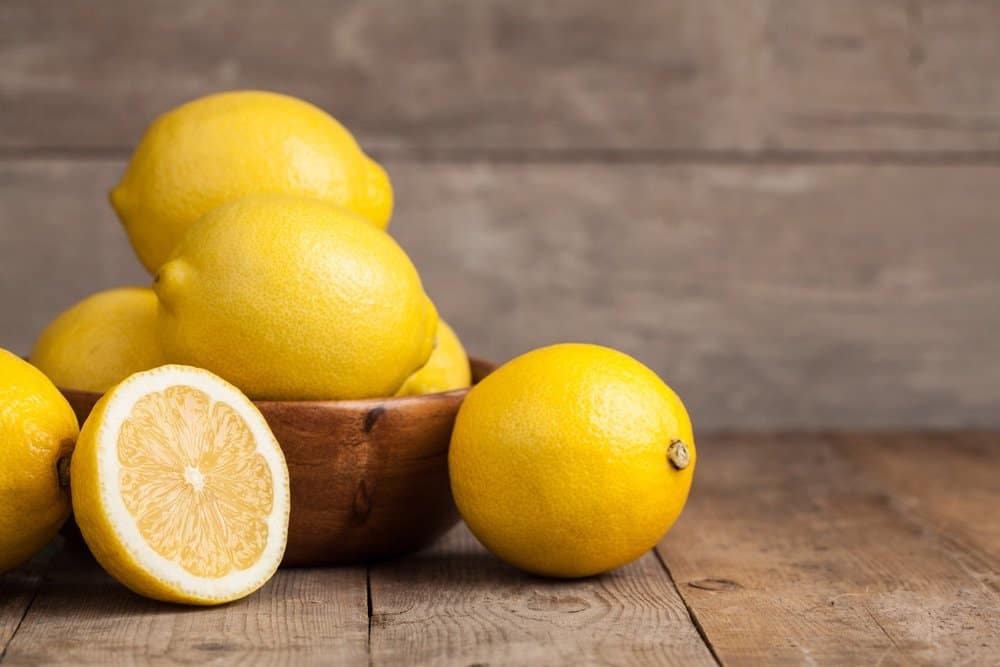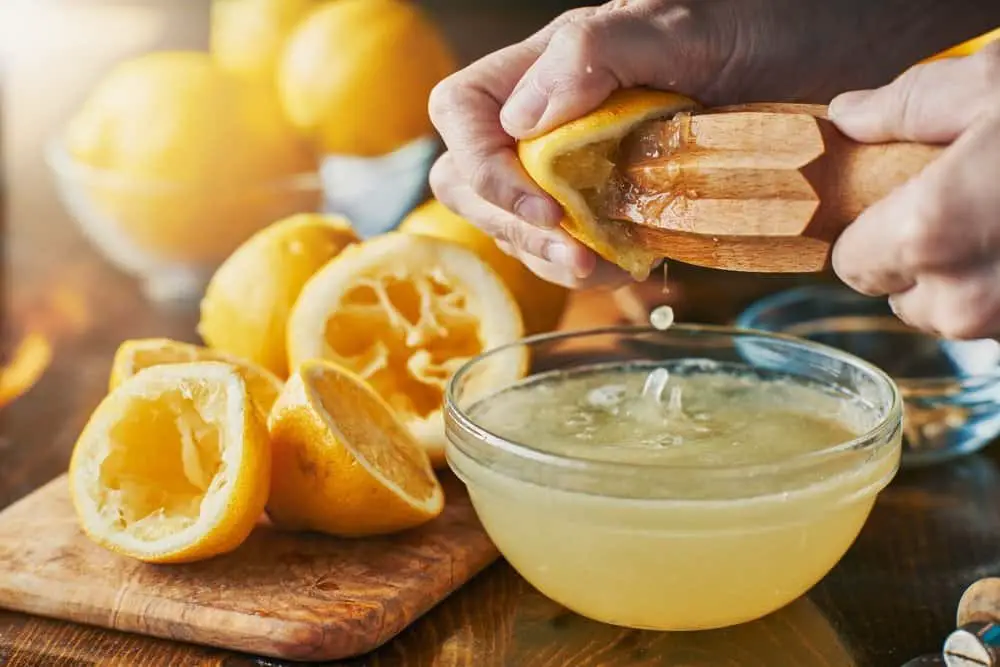I can never live without lemons. In the morning, I juice one melon. In the evening, I mix lemon juice in my salad oils. Throughout the day, I use it to prepare different dishes like baked chicken and fishes.
But the tricky part about the recipes that I use is they tell me how many cups or ml of lemon juice the dish needs. That is great. The frustrating part is, it gives me zero information with regards to how many lemons that I need to buy.
With the love I have with lemons, I have already figured out how much juice in one lemon. If you are prepping up a recipe that requires lots of lemon juice and have no idea on how many lemons to buy (been there, done that), you need to read this article.
How Much Juice in One Lemon?
You see, I have been juicing lemons for every day for the past few years, and I have come to understand that not all lemons are created equal. The sizes of lemon may vary and so do the amounts of juice that they can provide.
To figure it out, I classified the lemons according to their sizes—small, medium, and large. After that, I extracted their juices and noted the amount of juice that each lemon produced. As it turns out, the differences in the yields of the lemons under the same size category are minimal. I took their average, and this is what I figured out:
- A small lemon (4 oz) can deliver 3 tablespoons of fresh juice.
- A medium-sized lemon (5 oz) can yield 4 tablespoons of fresh juice when pressed.
- A large lemon (6 oz) produces 5 tablespoons of fresh juice upon extraction.
Knowing these conversions, it will be easier for you to determine how much or many lemons a recipe calls for. If, for example, the recipe required 3 tablespoons of juice, you would need only one small lemon.
If, on the other hand, you only have bottled lemon juice and your recipe required juice from a medium-sized lemon, then you already know that you just need to add 5 tablespoons of your bottled lemon juice.
But what if your recipe requires only 2 tablespoons? If that’s the case, all you have to do is put your knowledge of fractions into good use. You just have to cut the lemon into three parts then collect the juice from the 2 slices and set aside the last 1. If you need only one tablespoon, then you just squeeze one slice.
How to Choose the Best Lemon
Aside from the size, the quality of the lemons that you will use matters too. With that in mind, it is crucial for you to know how to choose a lemon that contains the most juice properly. Here are some tips on how to do that:

Fresh lemon
Choose the right lemon variants.
When it comes to extracting juice, two types of lemons stand above all. These are as follows:
– Meyer
This type of lemon produces lots of lemon juice and are easy to juice because they have thin skin. But please keep in mind that this lemon is not as acidic as others, so they do not have the level of sourness that others have.
– Eureka
This is the most common type of lemon that you can find in the market these days. Aside from the fact that it is juice, it also contains fewer seeds and is as sour as a lemon can be.
Go for the soft ones.
When it comes to juicing lemons, the softer the lemons are—the more juice they contain. After all, the main reason that they are soft is that they contain lots of juice.
The Best Tips on How to Juice a Lemon

Squeezing fresh lemon juice
If you wish to squeeze as much juice from your lemon, here are some of the tips and tricks that you can do:
Gently massage the lemon.
Before you slice and squeeze the lemon, gently massage it against your cutting board first. You can do this by using your palm to roll the lemon against a hard surface. Make sure to apply only moderate amount of pressure to avoid damaging the lemon.
This simple activity can help soften the lemon, making it easier for you to squeeze and juice it.
Heat the lemon.
Another way to soften a lemon is to heat it. You can do this by putting a whole lemon in a microwave and heat it for around 10 to 20 seconds. You can slice it afterwards.
Place it in a bowl of warm water.
You can also heat the lemon by submerging it in a bowl of warm water. Let it sit there for 30 to 40 minutes. This simple step can warm the lemon, softening its skin and facilitating it to produce more juice.
Slice the lemon lengthwise.
Doing this can give you access to a large amount of surface area. The larger the surface area is, the more juice it can produce. This slicing method also exposes the thicker layer of pulp which gives you the more amount of juice that you need.
Use your fork.
Slice the lemon lengthwise. Afterward, insert the tines of a fork into the pulp of one slice and wait for the juice to flow. One the juice starts flowing, adjust the position of your fork so you can squeeze every membrane of the fruit.
Final Words
With this information on how much juice in one lemon, it will be a lot easier for you to determine how many lemons you need to use in your recipes.
Now, you can play around with your lemons. Aside from juicing it and making lemonades, you can also use it on a wide array of recipes like marinades, salad oils, baking proteins and a whole lot more!
If you have other friends who you know can benefit from this information, please share it with them!
